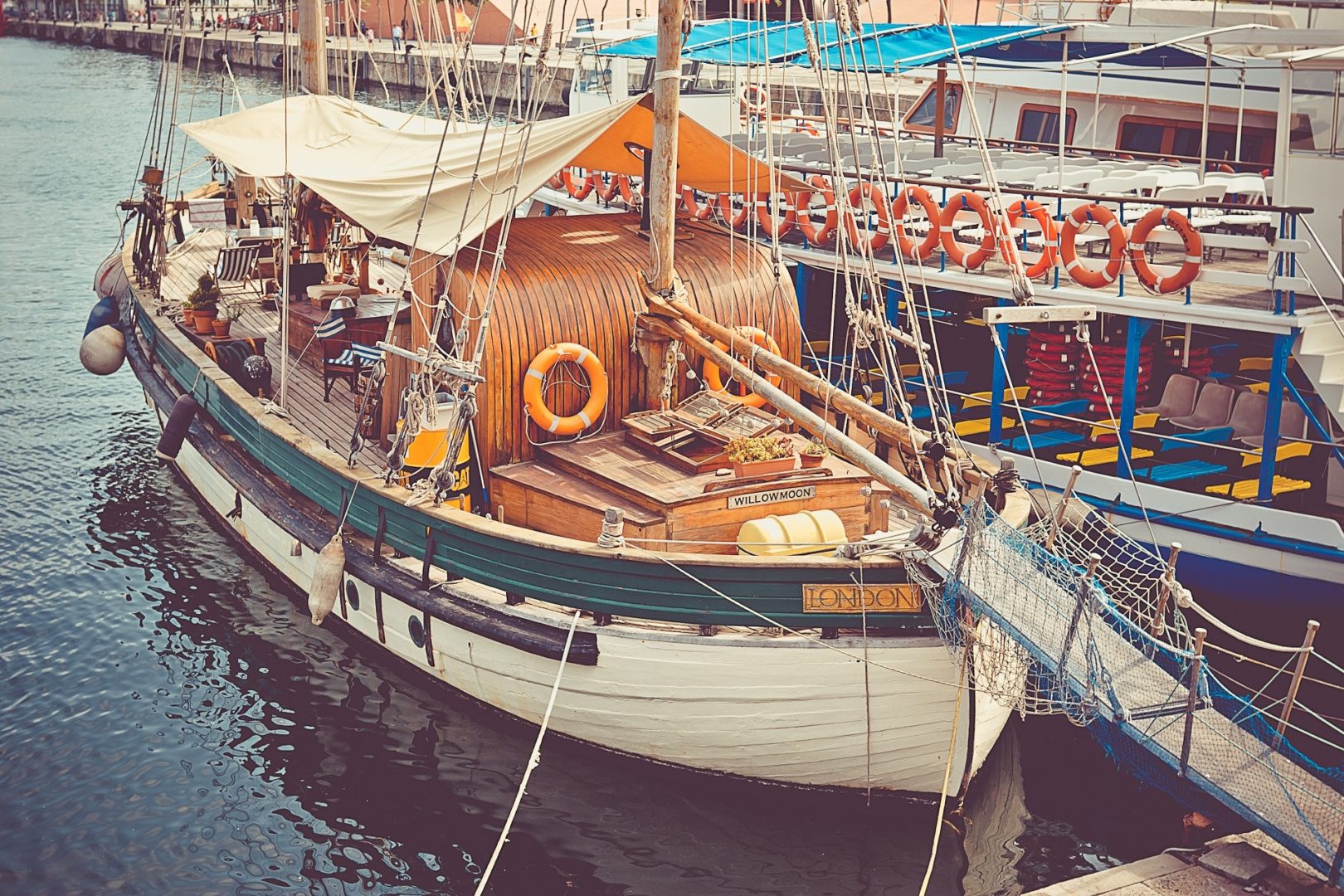Deciding on what battery to use is like finding the person you want to spend the rest of your life with, it’s complicated and is in need of much knowledge. It’s a decision that would lead your boating life into a whole other level. That is why, when choosing the right battery, one has to know the basics of boat batteries. Learning the dos and don’ts would save your machinery from overheating and may keep you from being stranded in open water.
Classification of batteries
Just like cars, boat batteries are also invulnerable and durable, they can serve their purpose for quite a long span, however, nothing is forever, and thus, even cells weaken at some point. This is a mindset boat owners should have, maintaining the batteries is one thing, but what actually contributes in the lifespan of a battery is the quality and product itself, choosing the type of battery wisely is what matters most.
But first, boat owners should know the different classifications of batteries, the batteries we are talking about isn’t like the batteries in our remote controls, these cells vary and misusing it would damage both the boat and the battery itself. TheMarineBattery.com is a great resource to help you classify batteries.
Firstly, in order to start up the boat, Cranking battery should be utilized. The battery’s primary purpose is starting up the main engine. They are made slender and more plated, permitting a lot more surface area, thus, making it easier and faster in providing much energy for heavy engines to start up.
In order to choose the right cranking battery, one has to check the boat’s manual on the acclaimed Marine Cranking Amps (MCR) rating first. The rating of the battery should be equivalent or should exceed the suggested value. If not, the boat might not start up or even heat up. Also, it is common logic that due to the substantial power excessed by the cranking battery, it has to be recharged immediately.
The equipment and devices within the boat also have their own type of battery, this is called the Deep-cycle battery. This battery operates solely for the electrical equipment on board, such as your GPS, radios, trolling and other accessories that are in need of not much power. Having to provide electricity for light devices, it functions in a slower rate compared to other batteries, thus, recharging it won’t be as often needed for it lasts longer.
To add up, the cranking battery and the deep-cycle battery shouldn’t be exchanged, for their purpose are different, and the power contained differs. Interchanging the batteries would cause the battery to not serve the right amount energy for the boat to start. However, there is a battery that can do both, this is called the Dual-purpose battery, it can function both as a cranking and a deep-cycle battery, but it still won’t provide the right amount of charges and also discharges as the cranking and deep cycle batteries originally.

Right technology for your battery
After distinguishing the basic types of batteries, boat owners should give time in considering the groups, types, technology, and data codes of the batteries they will be choosing. Why? Because the little-ignored details are what matters most in a battery.
There is such thing as a battery group, these groups are decided to depend on the size of each battery, and it refers to the physical height and width of the allowable space for the battery in your boat. Measuring or checking the manual for the dimensions would save a lot of time when setting it up in your boat.
When choosing the right technology for your battery, it is recommended to go for the Flooded-Electrolyte Batteries, these type of batteries are the deep-rooted standby, therefore providing an even-handed performance with an affordable price. This battery at a high rate, self-discharges. Its manner of maintenance is by inspection and stuffing the electrolyte.
If you are a concern with the acid and would prefer to spend more just to ensure no spill, the Absorbed Glass Matt batteries will be the best technology for you. It uses fiberglass coils drenched with electrolyte, making it fixed so that no acid spill will happen. It also has lower self-discharge rate and has quite more power despite having a secondary footprint.
In buying the battery, just like canned goods, the date of manufacturing should be observed. In batteries, the month is labeled through letters and the year with numbers. The batteries are presented this way, for instance, D2, this means that it was made on the 12th of April, Batteries should last longer, in order to ensure that, always choose the latest and freshest batteries on hand.
The output of the battery should also be in the knowledge of the boat owners. When a battery starts up, it starts up like a burst of power-hungry technology and machines that ta/kes up much watts in seconds. However, with the right information, choosing the battery won’t be as complex.
[hoops name=”InArticle”]










